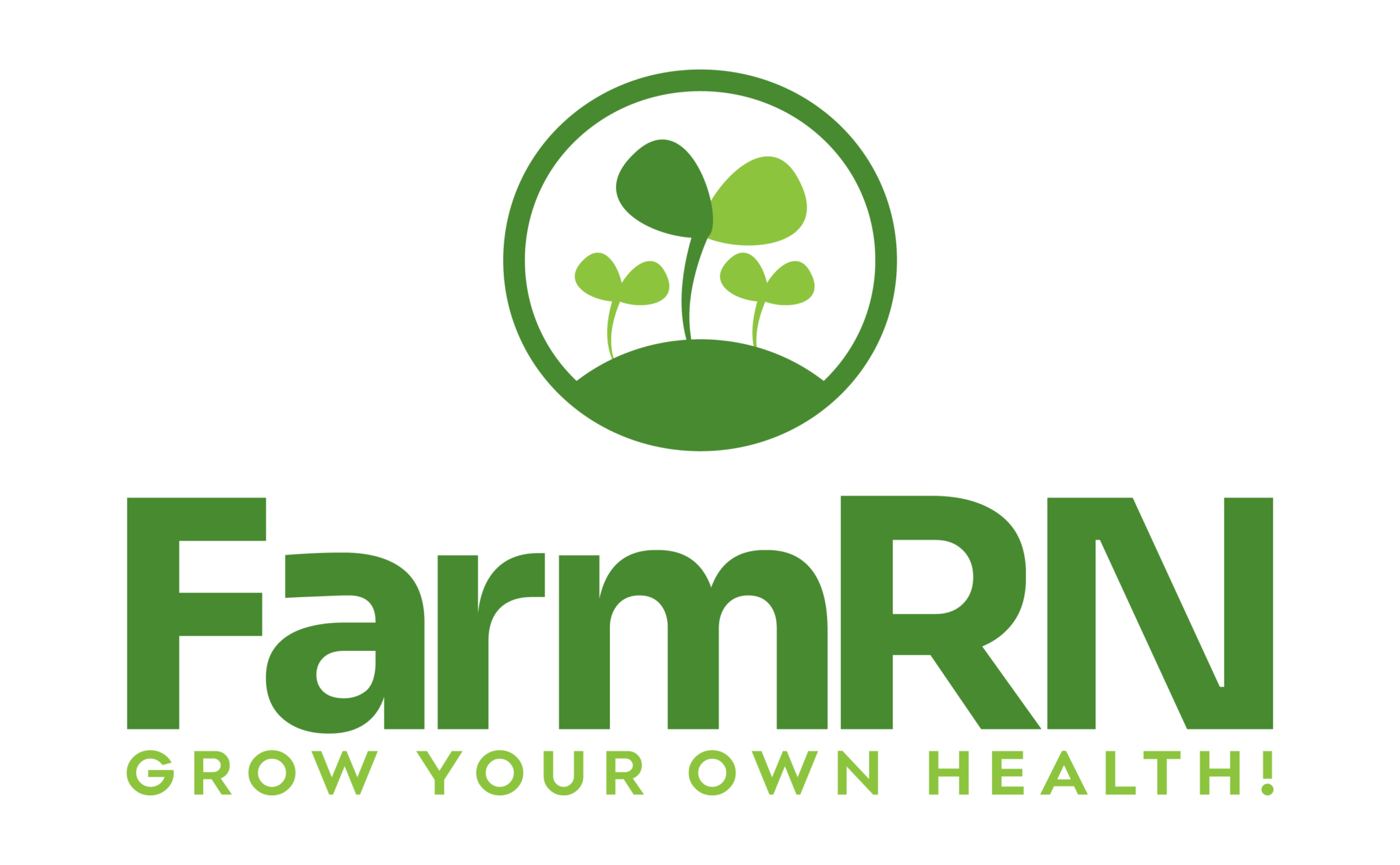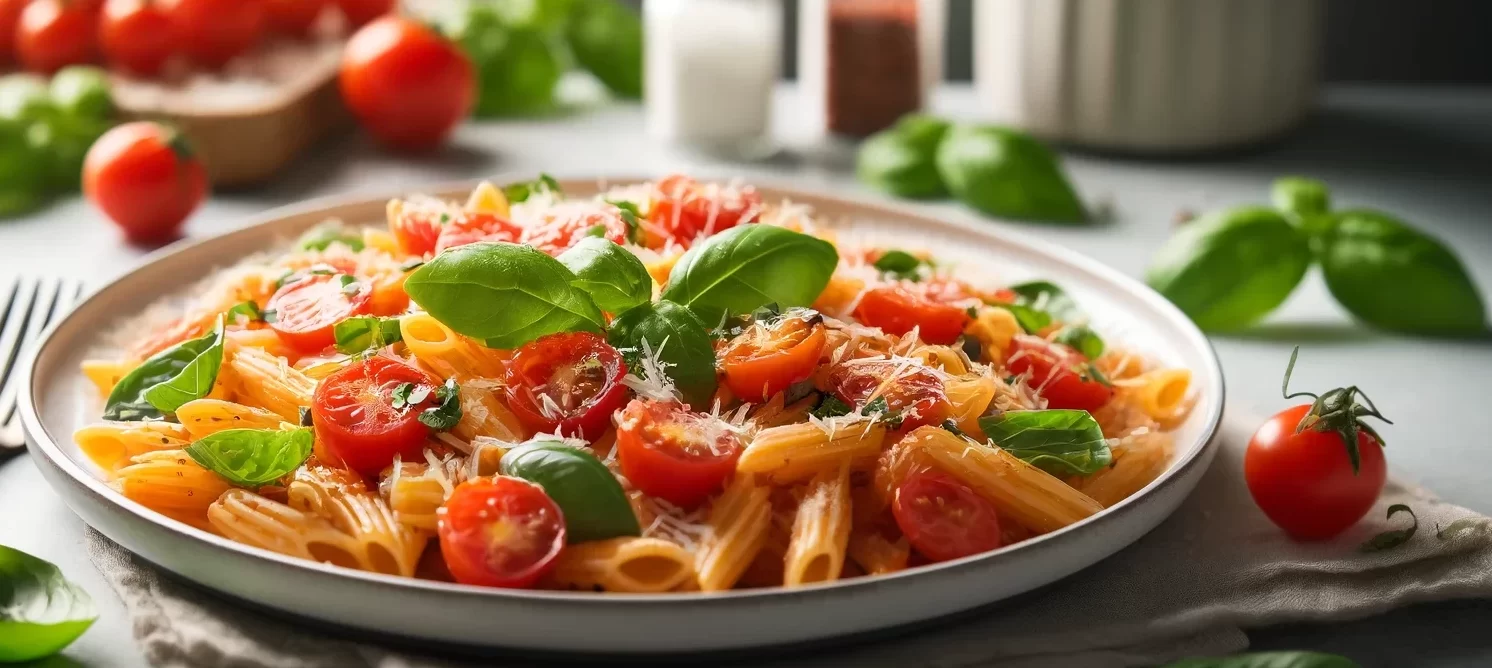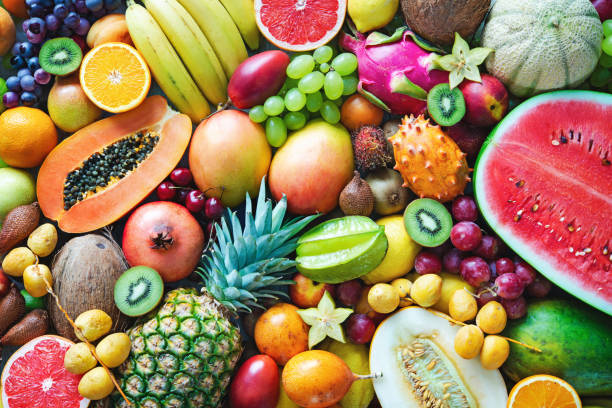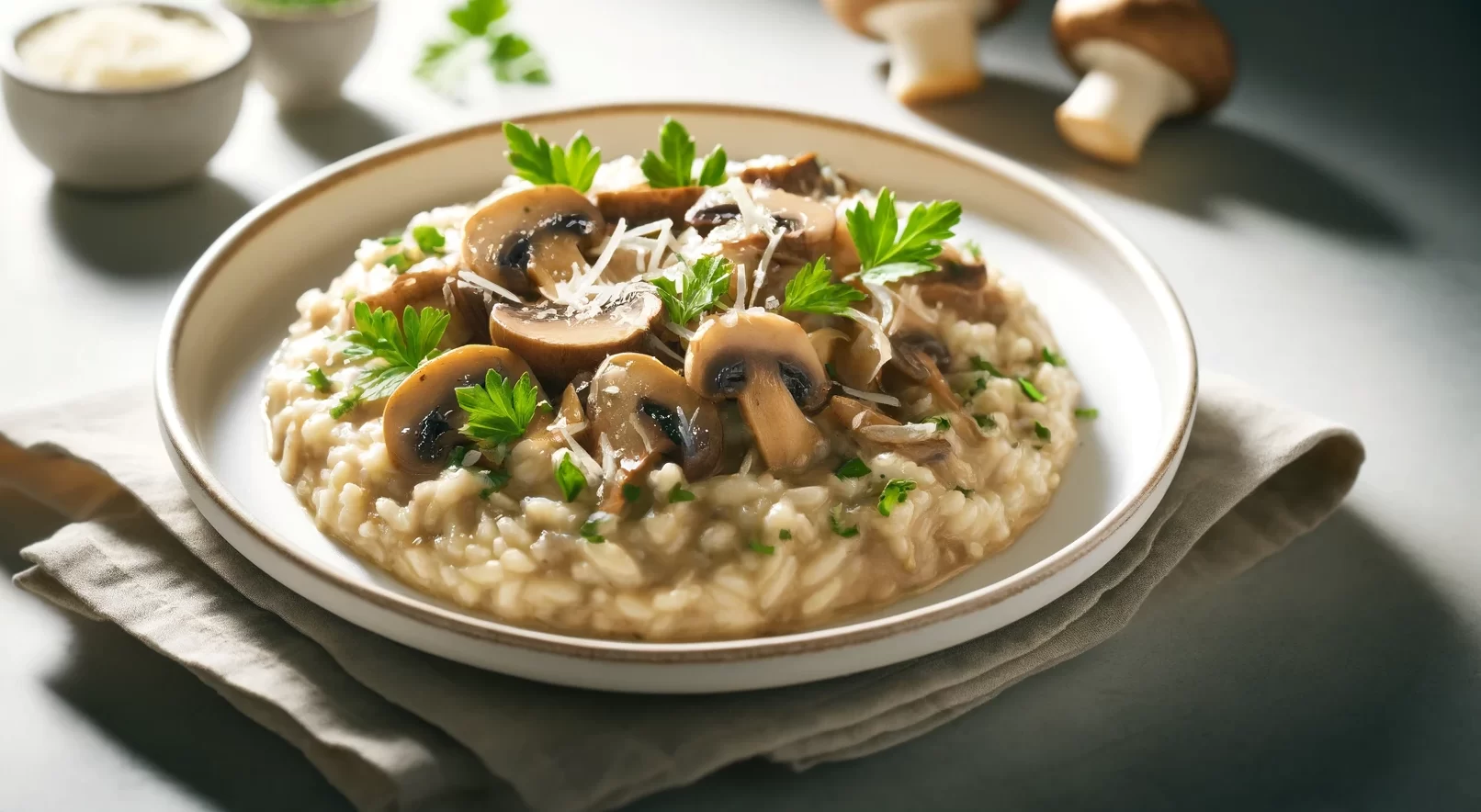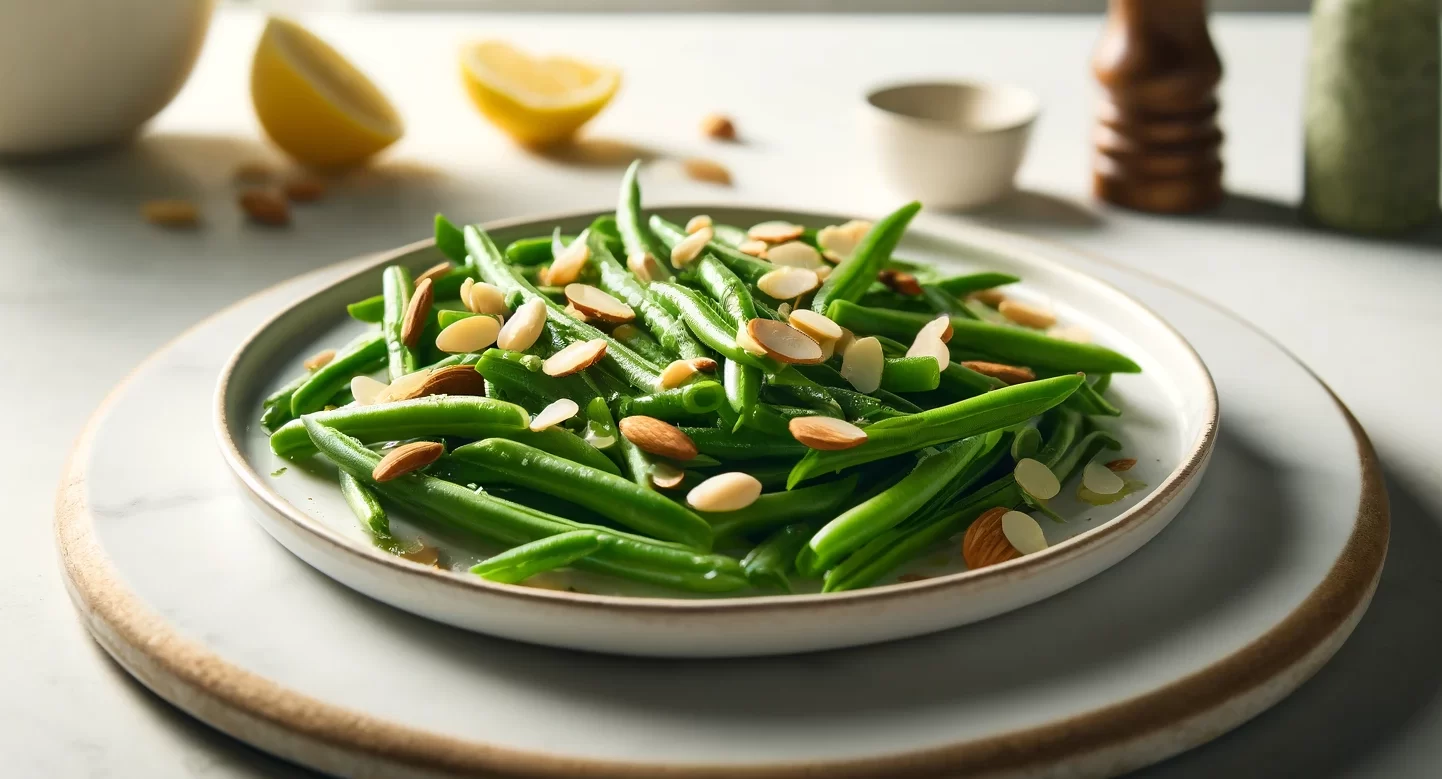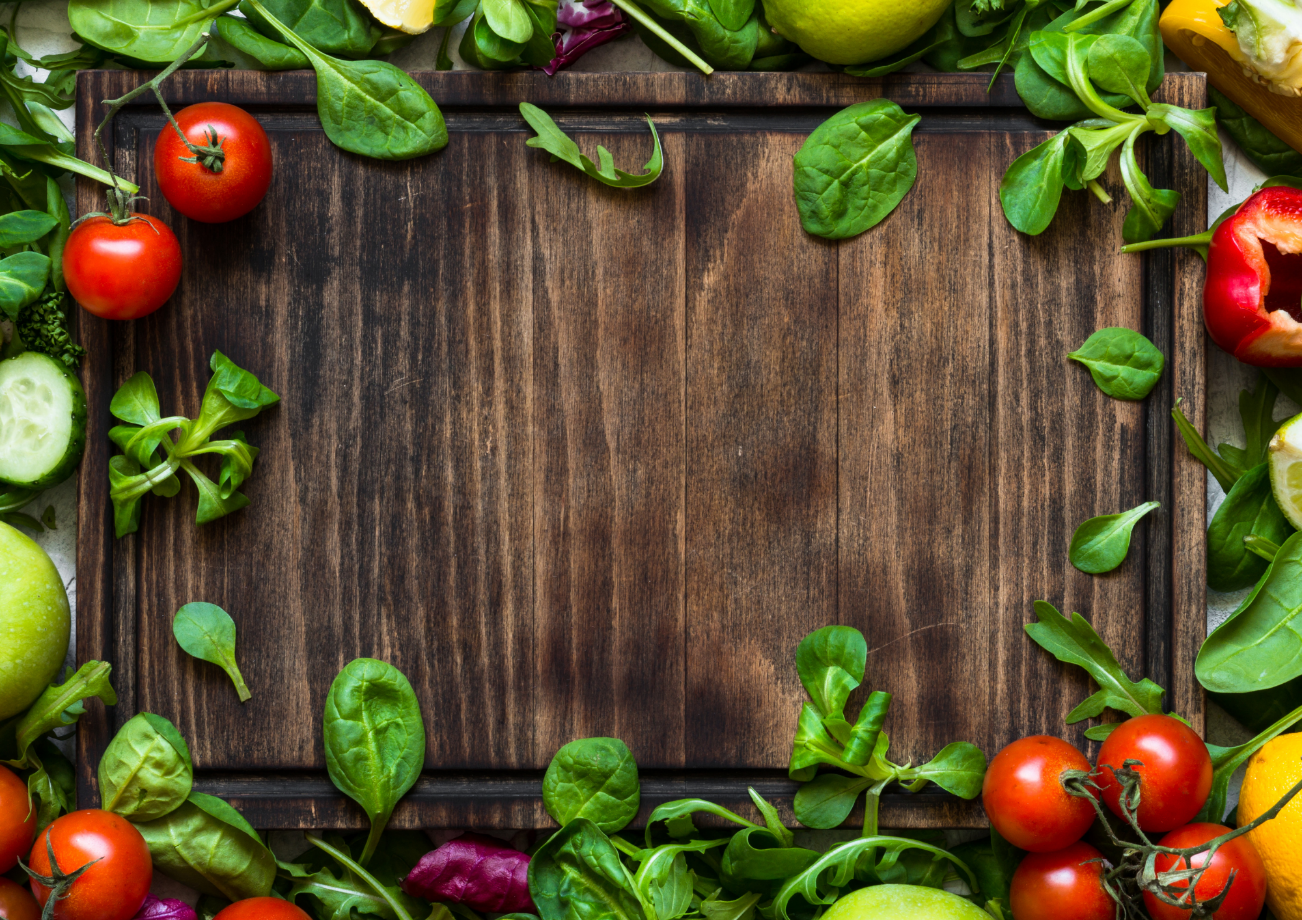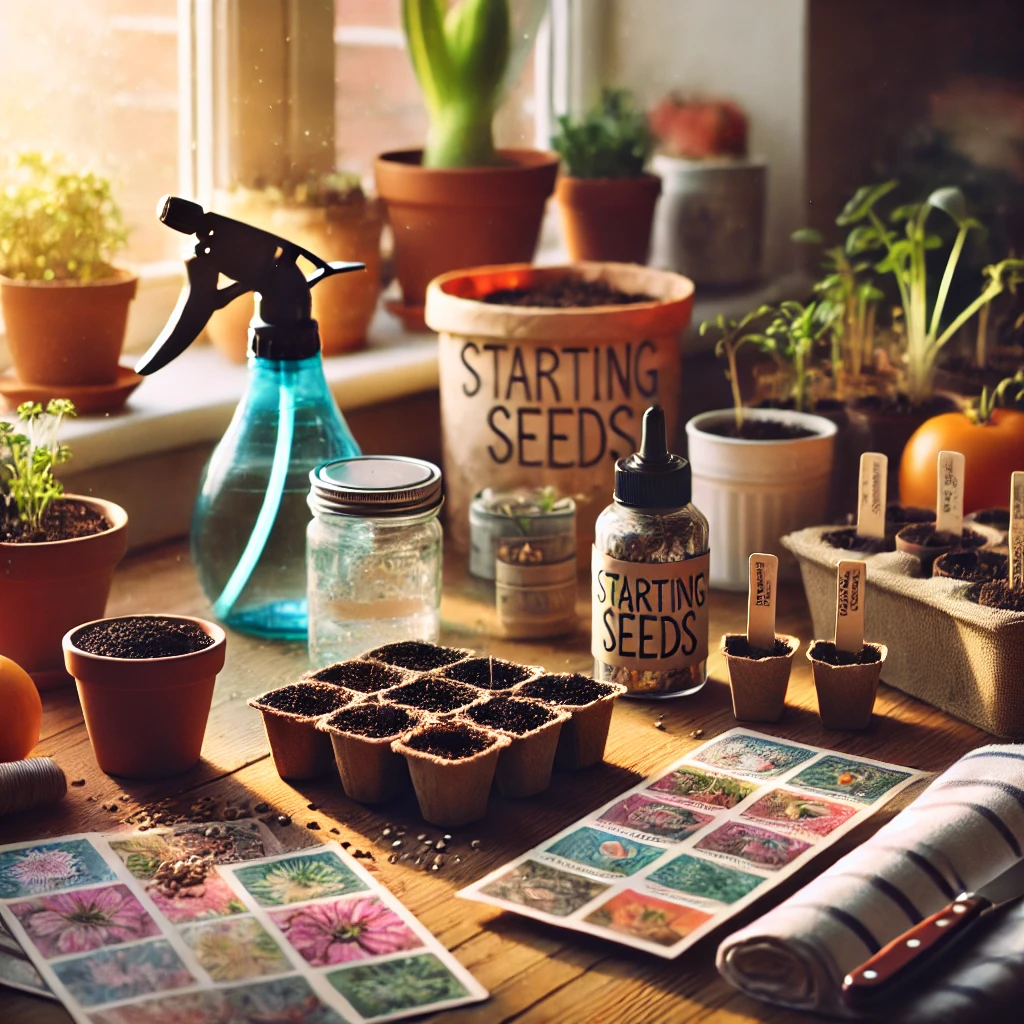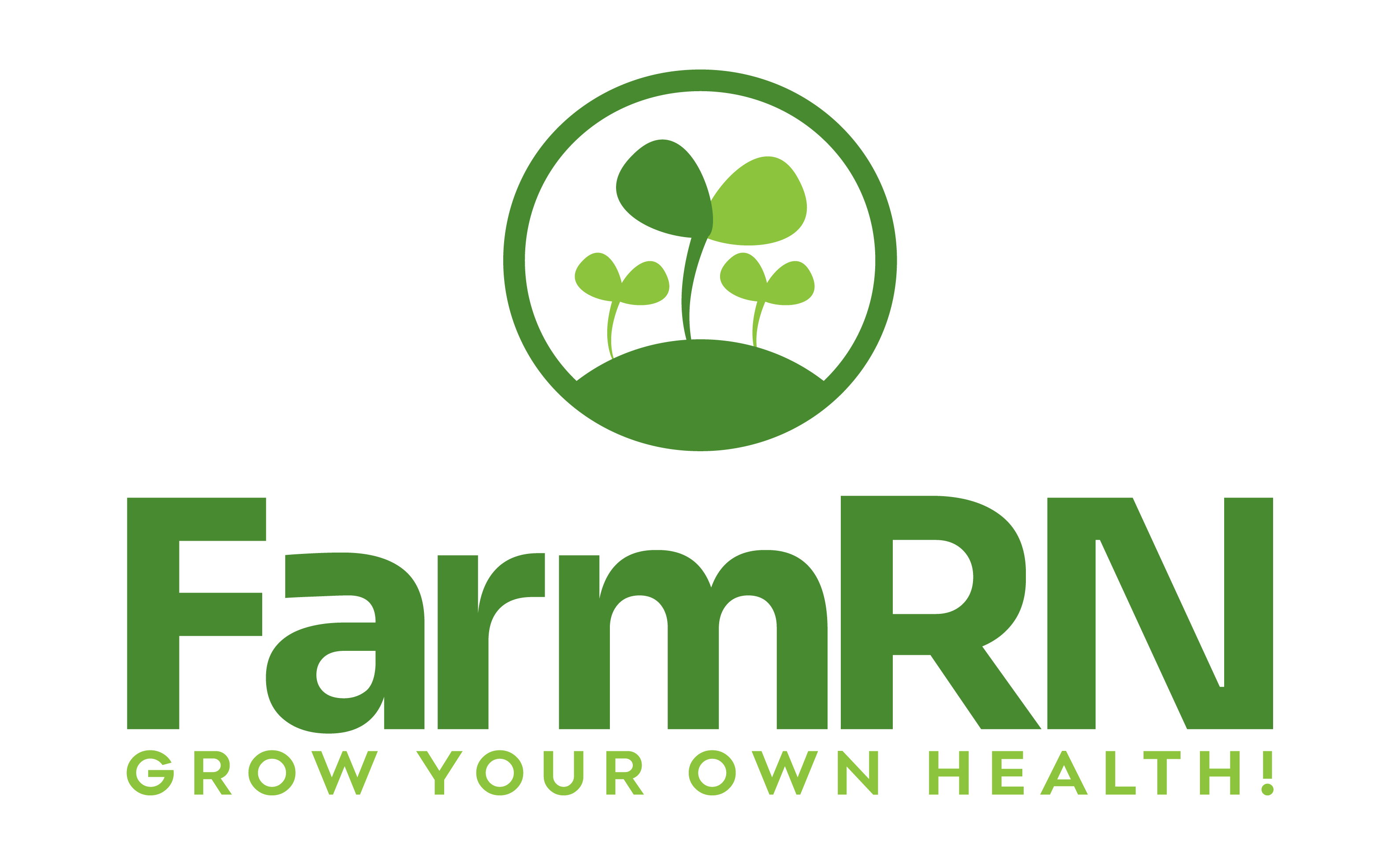Welcome to the Canning Chronicles, where the art of preserving meets the heart of healthful living. As a nurse who treasures the balance between nutrition and nurturing, I invite you on a journey through the delightful world of canning. Whether you’re a seasoned canner or new to this timeless tradition, understanding the nuances between water bath and pressure canning is key to unlocking a treasure trove of nutritious, home-preserved foods. Let’s dive into this guide, designed to demystify the processes, ensuring your canning adventures are both safe and satisfying.
The Essence of Canning
Canning is not just a method of preservation; it’s a bridge to past generations, a nod to sustainability, and a step towards self-sufficiency. By sealing in the season’s bounty, canning allows us to enjoy the flavors of summer in the depths of winter, ensuring that our pantries are stocked with nutrient-rich foods year-round.
Water Bath Canning: The Simplicity in a Pot
Water bath canning embodies the essence of simplicity and tradition in the world of home preservation. It’s a method that invites even the novice canner to dive into the rewarding practice of sealing the season’s bounty for enjoyment throughout the year. This method is particularly suited for high-acid foods, such as fruits, jams, jellies, salsas, and pickles. The acid content in these foods, combined with the heat of boiling water, works effectively to ward off bacteria, making water bath canning a safe and accessible option for preserving these types of produce.
The process begins with preparing your foods according to a trusted recipe, which is crucial for ensuring both safety and delicious outcomes. Once your jars are filled and sealed with their lids, they are placed on a rack inside a large pot filled with boiling water. The jars should be completely submerged, with at least an inch of water above them, ensuring even heat distribution during the process. The water is then brought to a rolling boil, and the jars are processed for a specified amount of time based on the recipe and jar sizes. This boiling process kills off harmful bacteria and creates a vacuum seal as the jars cool, preventing any new bacteria from entering.
One of the joys of water bath canning is its simplicity. It doesn’t require specialized equipment beyond the canning jars, lids, and a large pot. Many find joy in the rhythmic process of preparing the produce, filling the jars, and hearing the satisfying “pop” of the lids as they seal, signaling a job well done.
Water bath canning not only offers a method to extend the shelf life of your favorite fruits and pickles but also serves as a gateway to exploring a more sustainable lifestyle. By preserving your own food, you reduce waste, control the ingredients for better health, and connect with a timeless tradition that brings a sense of accomplishment and joy. Whether you’re preserving your garden’s harvest or taking advantage of seasonal produce, water bath canning turns the act of preservation into a celebration of flavor, health, and home.
Pressure Canning: The Powerhouse of Preservation
Pressure canning stands as the powerhouse of preservation, a method that elevates the art of home canning by enabling the safe storage of low-acid foods. Unlike water bath canning, which relies on high temperatures reached through boiling water, pressure canning uses steam pressure to achieve even higher temperatures, essential for preserving a broader array of foods including vegetables, meats, poultry, and seafood. This method is indispensable for ensuring the safety and longevity of canned goods that do not naturally inhibit bacterial growth.
The process involves using a specialized piece of equipment known as a pressure canner, which seals jars of food and heats them under controlled pressure to reach temperatures beyond the boiling point of water. This high-heat environment is critical for eliminating botulinum bacteria, ensuring that low-acid foods can be stored safely for long periods. The precision of pressure canning allows for the preservation of nutritional value and taste, making it an excellent choice for maintaining a well-stocked pantry with home-cooked meals ready at your fingertips.
Engaging in pressure canning requires a bit of a learning curve, but it opens up a world of possibilities for home preservation. It empowers gardeners and cooks to safely can a diverse range of foods, from hearty stews and soups to fresh vegetables and tender meats, all while controlling ingredients to suit dietary preferences and health goals.
Moreover, pressure canning encourages a sustainable approach to food, allowing for bulk preparation and reducing food waste. By harnessing the power of pressure canning, home canners can ensure that the abundance of the harvest season extends throughout the year, providing peace of mind and a sense of self-sufficiency.
In embracing pressure canning, we connect with a tradition of preservation that is both an art and a science, ensuring that our pantries are filled with nutritious, homemade foods that can be enjoyed at any time. This method not only preserves food but also the joy of cooking and the satisfaction of self-reliance, making it a cherished skill in the repertoire of home preservation.
Nurturing Nutrition Through Canning
As a nurse, my focus always circles back to health and nutrition. Canning offers a unique opportunity to control what goes into our food, reducing reliance on commercially processed items and their associated additives. By selecting fresh, quality produce and lean meats, and by managing the amounts of sugar and salt, we can tailor our preserved foods to support a healthy diet.
The Overlooked Insights
- Seasonal Selection: Choose produce at its peak of ripeness for the highest nutritional content.
- Acidity Awareness: Understanding the acidity of what you’re canning is crucial for selecting the right method. Low-acid foods require pressure canning for safety.
- Nutrient Retention: Both canning methods can preserve most nutrients, though some vitamins may be lost during processing. However, the benefits of enjoying home-canned produce often outweigh these small losses, especially compared to commercially canned goods.
Practical Tips for Safe and Successful Canning
- Stay Clean: Begin with thoroughly washed hands, utensils, and ingredients to minimize the risk of contamination.
- Follow Trusted Recipes: Especially when starting, use recipes from reliable sources that provide detailed processing times and methods.
- Inspect Your Gear: Regularly check your canning equipment for any signs of wear or damage, ensuring a safe canning process.
Embracing the Canning Culture
Canning is more than preserving food; it’s about fostering a culture of wellness, community, and sustainability. Sharing your canned goods with friends and family spreads not only the bounty but also the knowledge and joy of this wholesome practice.
Join Our Community
As we conclude our canning chronicle, consider this an invitation to further explore the art and science of canning through our community. Subscribe to our weekly newsletter for more insights, tips, and recipes that celebrate the joys of home canning, healthy eating, and vibrant living. Let’s embark on this preservation journey together, enriching our lives with the flavors of home-canned goodness and the satisfaction of self-sufficiency.
Together, let’s fill our pantries and our lives with the homemade, healthful abundance that canning brings. Subscribe now, and let’s continue to nurture our health, our families, and our communities, one jar at a time.
